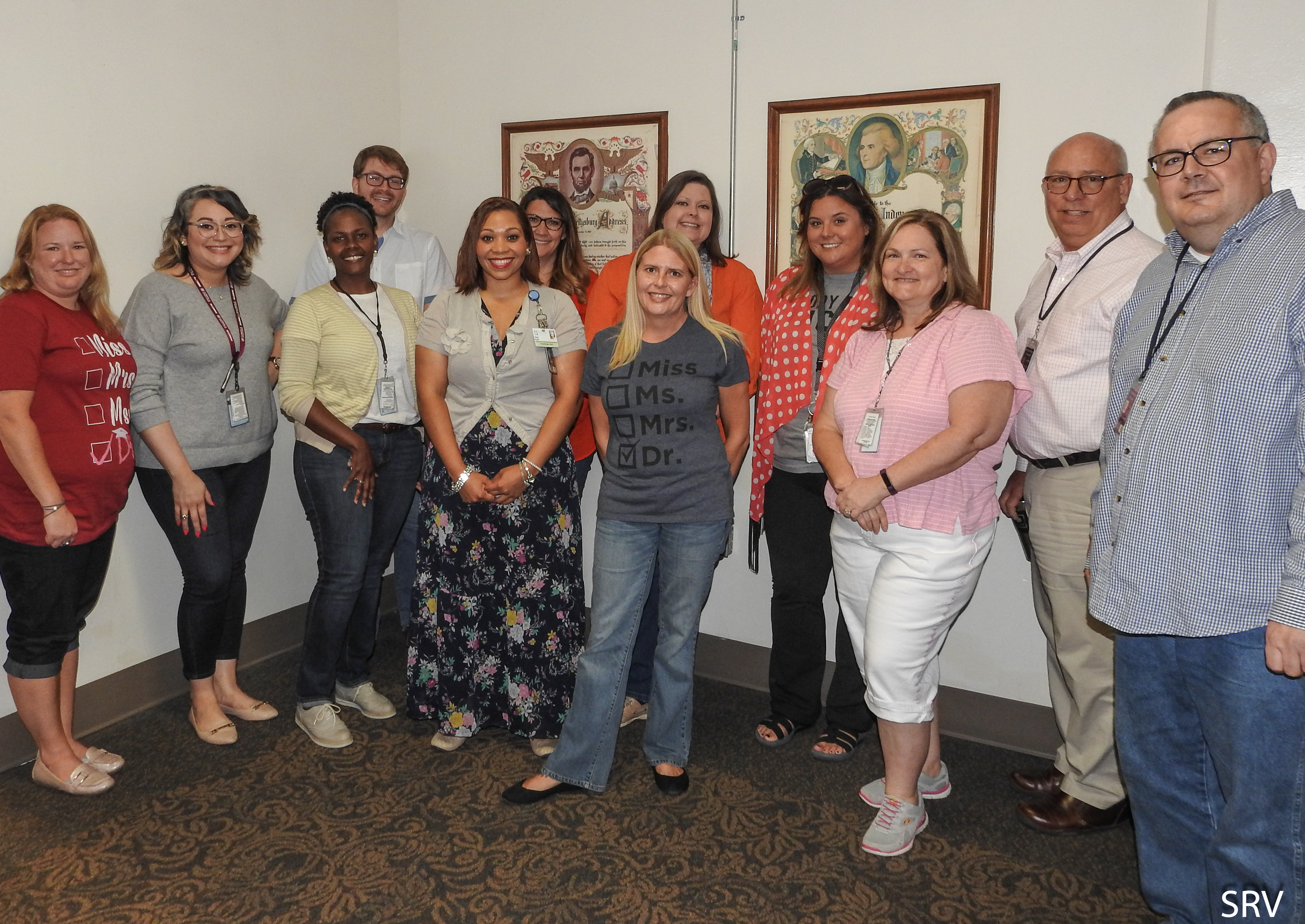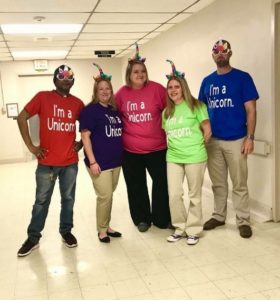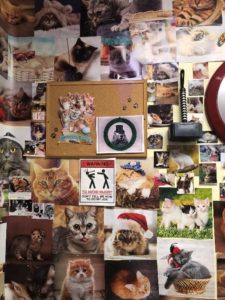Dr. David Rosenhan in 1973 conducted a study called On Being Sane in Insane Places to examine the reliability of staff, especially psychiatrist, in telling the difference between people who had severe psychiatric disorders and people who did not have these issues. Rosenhan produced eight pseudopatients who gained access to 12 different hospitals. Upon admission, all of the pseudopatients complained that they heard voices or sounds (“empty,” “hollow,” and “thud”) that were often unclear, unfamiliar, and of the same sex as the pseudopatients. Once admission was granted for the pseudopatients, all abnormal symptoms were discontinued and they behaved normally on the wards.
While the pseudopatients were on the psychiatric ward, staff would ask how they were feeling, and they all said fine. All the pseudopatients spoke to the other patients and staff as they regularly did. However, once being labeled schizophrenic, there was nothing a pseudopatient could do to overcome the diagnosis. The label of schizophrenia pathologized every aspect of the person’s behavior, as far as the staff were concerned. For example, all pseudopatients took extensive notes publicly but staff overlooked this activity. The closest questioning of the note taking occurred when a pseudopatient asked what medication they were receiving and began to write it down. The staff member then said, “You need not write it… If you have trouble remembering, just ask me again.”
In addition, Rosenhan noted that the pseudopatient behaviors that were stimulated by the environment were commonly misattributed to their disorder of schizophrenia. In other words, the patients’ behaviors were misinterpreted by staff as stemming from within the person, rather than the environment. For example, one of the pseudopatients was pacing in the long hospital corridor and a nurse asked were they nervous and the pseudopatient responded, “No, bored.” Interestingly, the patients on the psychiatric ward were able to question the normality of the pseudopatients and were suspicious of them, but not the staff. The main study results highlighted that there was a failure to detect sanity—and that the failure was that of the staff.
After the main study, Rosenhan conducted a second part where staff members were instructed to rate on a 10-point scale each new patient as to the likelihood that person was a pseudopatient. After examining the results out of 193 total patients, only 19 were rated by the psychiatrist and at least one other staff that the patient was suspected as a pseudopatient. In fact, Rosenhan had not sent any pseudopatients. These results suggested there was a failure in staff’s ability to detect pathology as well as sanity.
There is a long history at attempting to classify individuals with a disorder due to their symptoms and behavior. Currently the DSM-5 is used as a means to diagnosis one with a disorder based on specific criteria, which is more reliable, objective, and generalizable than the DSM-II that was used in the 1973. However, this study is still relevant and highlights biases, as well as stigma associated with diagnostic labels. In addition, it fosters a deeper look at our own role as practitioners, and encourages us to have a holistic view, and to be mindful to not pathologize every aspect of a person’s behavior.
References
Rosenhan, D.L. (1973). On being sane in insane places. Science, 179. 250-58
Katy Roth, M.A., CRC
WKPIC Doctoral Intern






 In my first Friday Factoid of the month, I mentioned that it is important to create friendships over the course of your internship. I have learned it is not only important to have friendships within your cohort, but with other staff members at work who are not related to your department. I have been lucky enough to have developed friendships with several individuals who understand my quirky nature and who are not afraid of having fun at work.
In my first Friday Factoid of the month, I mentioned that it is important to create friendships over the course of your internship. I have learned it is not only important to have friendships within your cohort, but with other staff members at work who are not related to your department. I have been lucky enough to have developed friendships with several individuals who understand my quirky nature and who are not afraid of having fun at work. By far the best shenanigan of the year not only started a department prank war, but WON the prank war. It is said that on a Sunday afternoon two awesome, dedicated, and creative people entered the office of Will Battle. Rumor has it that in 4 hours over 1200 cat pictures were hung across the entire office floor to ceiling with approximately 6 rolls of tape. Pictures of this office do not do it justice so if you are ever at the hospital make sure to ask if you can see the “Cat Office.”
By far the best shenanigan of the year not only started a department prank war, but WON the prank war. It is said that on a Sunday afternoon two awesome, dedicated, and creative people entered the office of Will Battle. Rumor has it that in 4 hours over 1200 cat pictures were hung across the entire office floor to ceiling with approximately 6 rolls of tape. Pictures of this office do not do it justice so if you are ever at the hospital make sure to ask if you can see the “Cat Office.” 